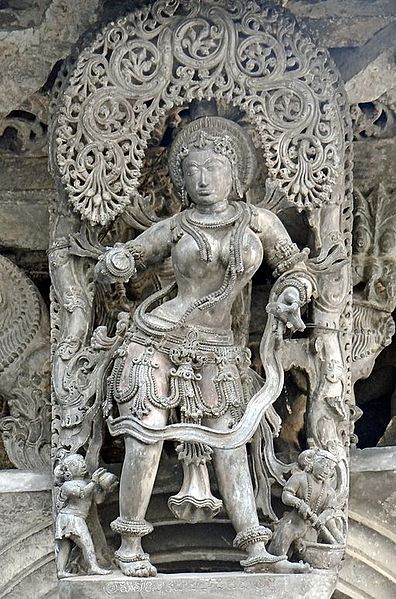Pichkaris have been an essential component of Holi festivities for centuries, although their exact origins remain unclear. It is believed that they were initially devised to dispense colored water during the festival, which involves the application of colored powders and water onto others.
In earlier times, pichkaris were fashioned out of natural materials such as bamboo or animal horns, and operated manually by compressing a bulb to spray water. The colored water was created from flowers or items like turmeric. Over time, pichkaris evolved and were crafted from various materials such as metal, plastic, or wood, and came in different shapes and sizes.
Interestingly, the pichkari or water gun was patented by NASA engineer JW Wolff in 1896, despite its existence as a part of Holi festivities for centuries.
One of the most popular stories is about Lord Krishna, who is believed to have started the tradition of using pichkaris during Holi. According to Hindu mythology, Krishna was a mischievous child who loved to play pranks on people. One day, he noticed that his beloved Radha was feeling shy and hesitant to play Holi with him. So, he came up with a plan to throw colored water on her using a bamboo stick with a small hole at one end, which he called a pichkari. Radha was surprised and amused by Krishna’s playful gesture, and soon they were both splashing colors on each other with their pichkaris.
Holi celebrations, including the use of pichkaris, were integral to the festivities of many royal families, including the Mughals, throughout history. The pichkaris used by the royals were often crafted from silver or gold and adorned with intricate designs and precious stones.





